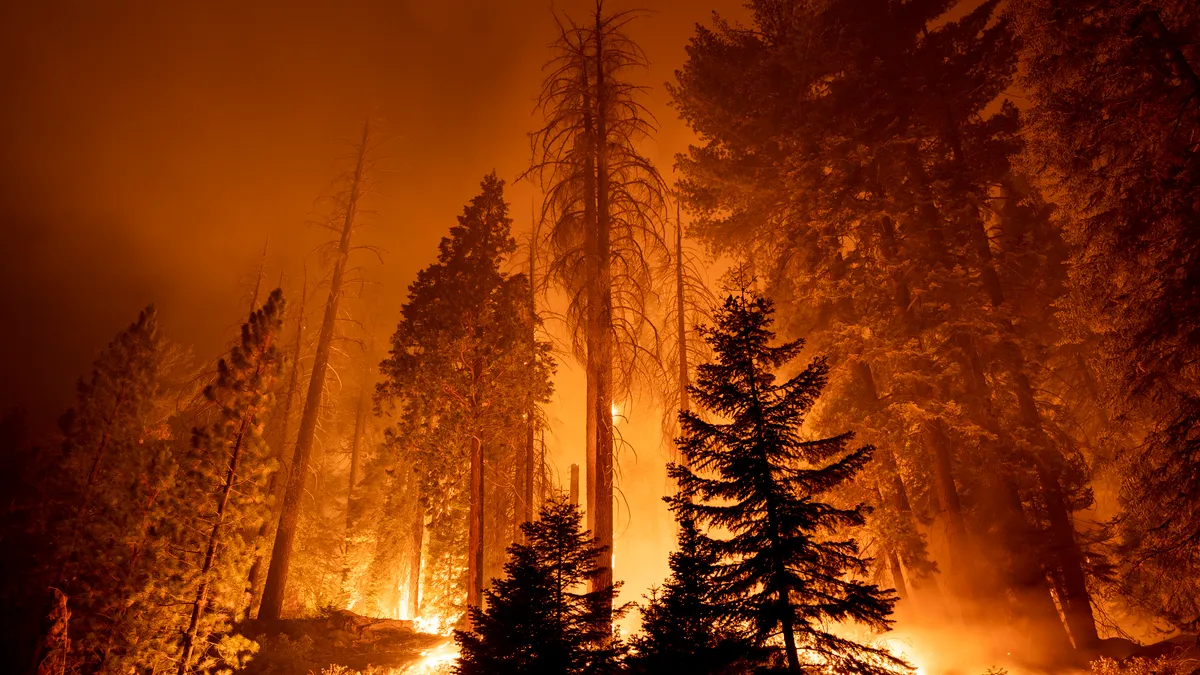Investor-owned utilities facing increased physical risks from climate change should adopt a three-pronged strategy that includes “reducing damages from physical events, minimizing litigation risk, and expanding capabilities for cost recovery,” S&P Global Ratings said in a November report.
Utility credit downgrades “directly related to physical risks have significantly increased” in the past six years, S&P said. And “the credit quality of utilities with physical risk exposure could come under even more pressure if comprehensive risk-reduction strategies are not effectively implemented.”
From 2005 to 2017, S&P downgraded two North American IOUs due to physical risks from climate change. From 2018 to 2023, it downgraded 19, including utilities impacted by the 2018 Camp Fire wildfire in California, 2021 Winter Storm Uri, 2021 Hurricane Ida, and the 2023 wildfires in Maui.
Utilities hit with downgrades this year include PacifiCorp and Hawaii Electric Light Co., while S&P also revised the rating outlooks to negative for Berkshire Hathaway Energy, Fortis Inc. and Xcel Energy subsidiary Public Service Co. of Colorado.
A major risk to utilities’ credit worthiness is “regulatory lag,” S&P said — the gap between when a utility incurs a cost and when it is recovered from ratepayers.
“We believe it's important for the IOU industry to significantly increase and broaden recovery capabilities,” S&P said, including through the use of storm reserves, increased commercial insurance levels, self-insurance, development of special wildfire funds, and securitization.
“We expect that the industry will continue to effectively manage regulatory risk with a focus on reducing regulatory lag,” Gabe Grosberg, managing director of North America Regulated Utilities for S&P Global Ratings, said in an email.
Most IOUs have already implemented some combination of decoupling, formula rate plans, forward test years, multiyear rate cases and regulatory riders over the past decade, Grosberg said. “We expect that the industry will remain proactive.”
Securitization — where utilities issue debt to cover costs, and that debt is secured by a non-bypassable charge on customer bills — is another way utilities can ensure cost recovery. “Because the debt is secured by the high likelihood of customers paying their bills, the associated interest costs are typically lower,” Grosberg said.
But while developing new avenues to recover costs will support a utility’s credit quality, S&P said “this alone without reducing damages from physical events or minimizing litigation risk, would likely not be sufficient to reduce credit risks.”
There are nine civil lawsuits pending against nine utilities because of wildfires, according to S&P’s report.
“While there are differences between states' standards of negligence, we consider litigation a material credit risk that affects the entire industry,” S&P said.















